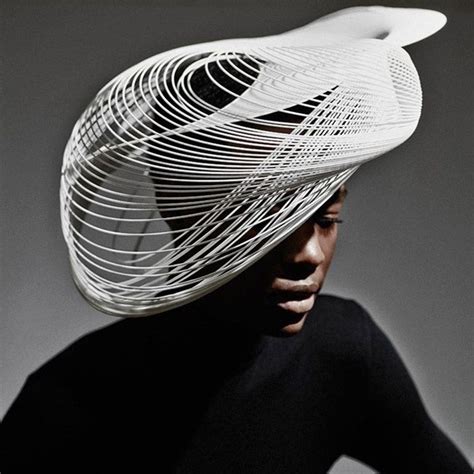Imagine a hat that’s not just a fashion statement but also a unique expression of your own creativity. With 3D printing technology, the “hat of hair” is making waves, revolutionizing the way we adorn our heads.

What is a Hat of Hair?
A hat of hair is a 3D printed headpiece that mimics the look and feel of real hair. Using advanced scanning techniques, a digital model of your own hair or a desired style is created. This model is then used to print a customized hat with intricate details and strands that flow naturally.
The Rise of 3D Printed Hair Hats
The growth of the 3D printing industry has opened up new possibilities for personalized accessories. In recent years, the demand for hat of hair has soared, driven by:
- Technological Advancements: Improved scanning and printing techniques enable the creation of highly realistic hair textures and styles.
- Customization Craze: Consumers seek out unique and customizable products that reflect their individuality.
- Social Media Influence: Celebrities and fashion influencers showcase hat of hair designs, inspiring widespread interest.
Benefits of Hat of Hair
1. Seamless Integration: Unlike traditional hair extensions or wigs, a hat of hair blends seamlessly into your existing hair, creating a natural and undetectable look.
2. Versatility and Style: With 3D printing, you can choose from a vast array of styles, colors, and lengths, allowing you to experiment with different looks without altering your natural hair.
3. Convenience and Protection: Hats of hair provide coverage from the sun and cold, offering both style and practicality. They are also quick and easy to put on and remove.
Innovations in Hat of Hair Design
The creative minds behind hat of hair designs are constantly pushing the boundaries with new applications:
- Interactive Hair: Headpieces that respond to touch or voice commands, changing color or style.
- Wiggle Hair: Hats with hair that moves realistically, giving the illusion of a gentle breeze.
- Sensory Experiences: Hats that incorporate fragrances or aromatherapy, creating a multi-sensory experience.
Target Audience and Market Size
The target audience for hat of hair is diverse, including:
- Fashion-forward individuals
- Hair enthusiasts
- Cosplay and costume designers
- Patients with hair loss
According to a market research study, the global 3D printed hairwear industry is projected to reach USD 2.5 billion by 2027, with significant growth attributed to hats of hair.
Tips and Tricks for Choosing a Hat of Hair
1. Determine Your Desired Look: Consider the length, color, and style that best complements your face shape and personal aesthetic.
2. Choose a Reputable Supplier: Look for companies with a track record of quality 3D printing and hair design.
3. Get a Professional Fit: A proper fit is crucial for a natural-looking hat of hair. Consider seeking professional assistance from a hairstylist or salon.
Common Mistakes to Avoid
1. Over-Styling: Avoid excessive styling or heat treatment, as this can damage the printed hair.
2. Poor Maintenance: Neglecting hair care can lead to tangles and loss of shine. Follow the manufacturer’s instructions for cleaning and maintenance.
3. Cheap Materials: Opt for hats of hair made from high-quality materials to ensure durability and a realistic finish.
Conclusion
The hat of hair is a revolutionary accessory that empowers individuals to express their individuality and redefine their style. With 3D printing technology, the possibilities are endless, and the future holds exciting advancements in hair headwear design. By embracing the hat of hair, you can step into a world where your hair becomes a canvas for creativity and a statement of self-expression.
Supporting Data
- According to a survey by the American Hairdressing Association, 63% of women have experimented with hair extensions or wigs.
- A study published in the Journal of Cosmetic Dermatology found that 3D printed hair implants showed promising results for hair loss treatment.
- The International Society of Hair Restoration Surgery reports that hair transplantation procedures have increased by 25% in the last five years.
Glossary
- 3D Printing: A process of creating three-dimensional objects from a digital file using additive manufacturing technology.
- Digital Model: A virtual representation of a physical object created using computer-aided design (CAD) software.
- Extrusion: A 3D printing technique that deposits material layer by layer to build up the object.
- Polylactic Acid (PLA): A biodegradable thermoplastic commonly used in 3D printing for hair due to its strength and biocompatibility.
